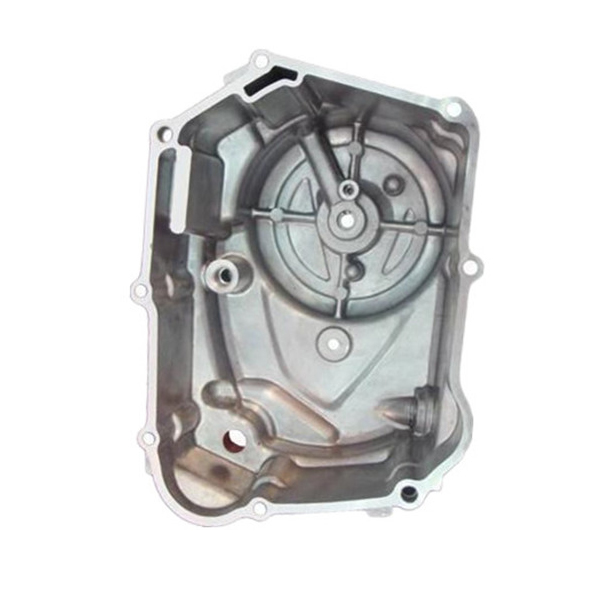Mobile:+86-311-808-126-83
Email:info@ydcastings.com
English
double entry impeller
The Double Entry Impeller An Efficient Solution for Fluid Dynamics
In the field of fluid dynamics, the design and functionality of impellers play a critical role in the efficiency and effectiveness of pumps and turbines. Among the various types of impellers, the double entry impeller stands out as a particularly efficient option, especially for applications in which fluid handling demands a high flow rate combined with minimal turbulence.
What is a Double Entry Impeller?
A double entry impeller features blades that are arranged symmetrically, allowing fluid to enter from both sides of the impeller. This unique design leads to several advantages over conventional single-entry impellers. With fluid entering from two directions, the double entry impeller effectively balances the hydraulic forces acting on it. This balance helps to reduce axial thrust, a problematic force that can lead to premature wear and failure in pumps.
Efficiency and Performance
The efficiency of a double entry impeller is one of its most striking benefits. By allowing fluid to enter from both sides, the impeller generates a more uniform flow, which minimizes energy losses associated with turbulence. This dual-entry design is particularly beneficial in high-capacity systems where maximum throughput is essential. The impeller can maintain high efficiency across a range of operational conditions, making it ideal for applications such as water supply, irrigation, and industrial processes.
double entry impeller

Another significant advantage of double entry impellers is their capability to handle larger volumes of liquid compared to their single-entry counterparts. This increased capacity allows for a more compact pump design, providing substantial space savings in both installation and operational areas.
Applications
Double entry impellers are widely used in various industries, including water treatment, chemical processing, and HVAC systems. They are particularly well-suited for heavy-duty applications where reliability is paramount. For instance, in wastewater treatment plants, these impellers facilitate the movement of large volumes of liquid while withstanding abrasive particles, contributing to the overall efficiency of the system.
In the petrochemical industry, double entry impellers are favored for their robustness and ability to handle viscous fluids at high flow rates. Their design minimizes the risk of cavitation, a phenomenon that can cause severe damage to pump components. As a result, these impellers are integral to maintaining operational efficiency and longevity in challenging environments.
Conclusion
The double entry impeller represents a significant advancement in impeller technology, offering enhanced efficiency, reduced wear, and the ability to manage larger volumes of fluid with minimal turbulence. Its symmetrical design not only promotes a balanced performance but also serves to extend the lifespan of pumping equipment. Given the growing demands for efficient fluid management systems in various industries, the double entry impeller is increasingly recognized as a reliable and effective solution in modern engineering. As innovations continue to emerge in fluid dynamics, the role of such advanced designs will undoubtedly grow, contributing to more sustainable and efficient industrial practices.











